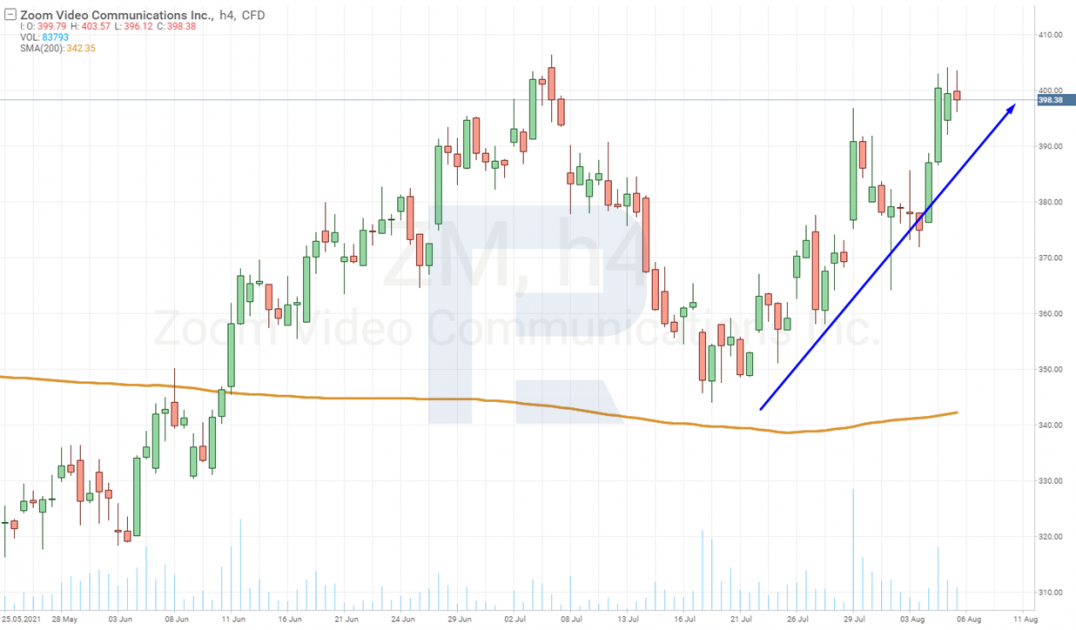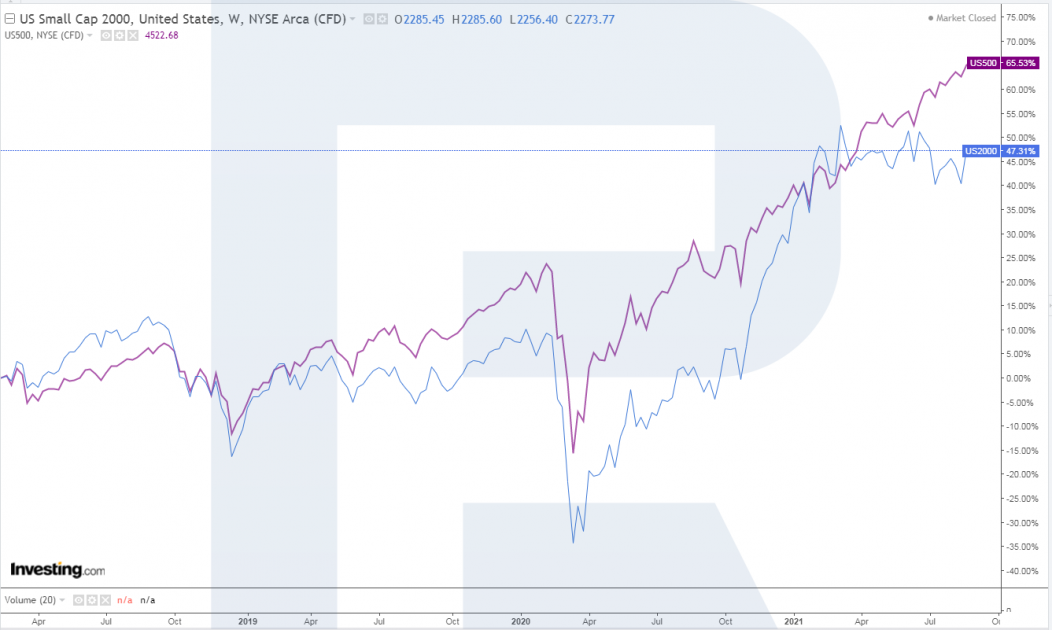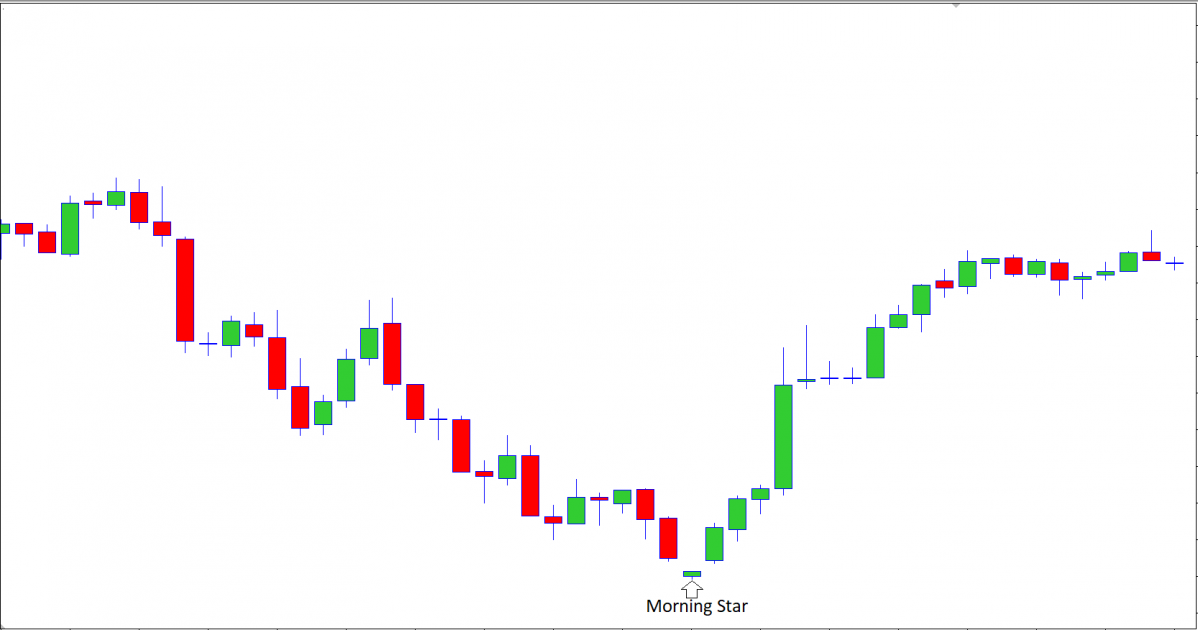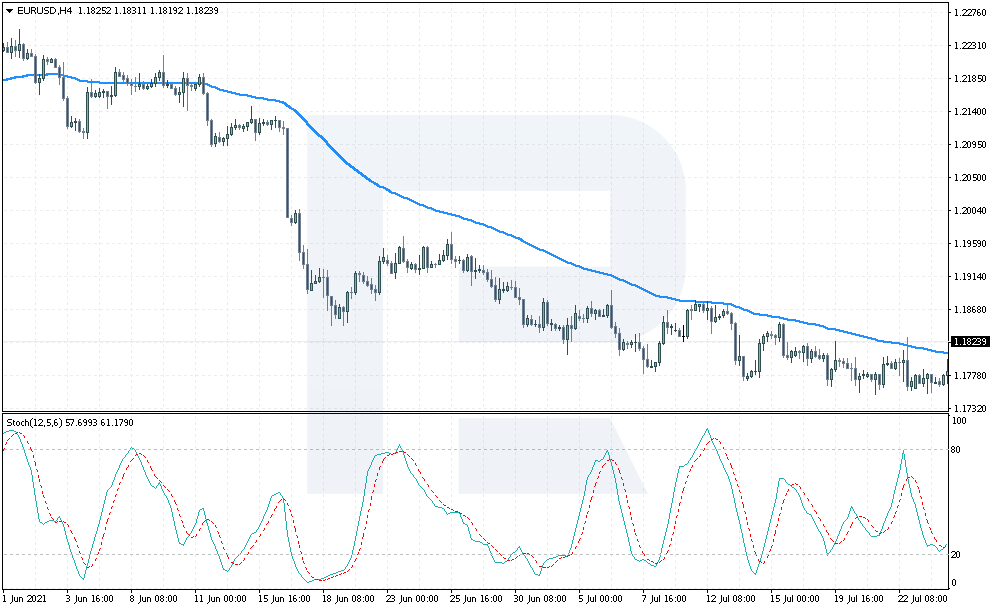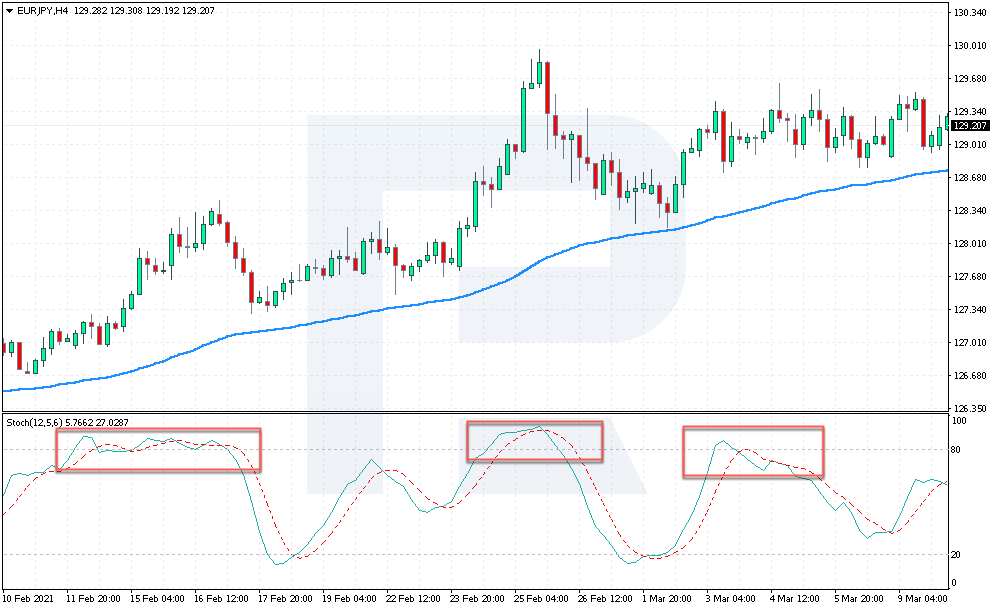How to Filter Stochastic Signals?
Author: Andrey Goilov
Dear Clients and Partners,
We already have two articles about the Stochastic Oscillator describing in detail the indicator itself and the ways of trading by it. This is an oscillator, i.e. it demonstrates how much the price has fluctuated from the average; it works great in flats.
If there is a strong, directed trend, such an indicator will give a lot of reversal signals, making the trader buy in the falling market and sell in the growing one. Hence, traders do not normally use Stochastic by itself: instead, they add other signals to it, enhancing the work of the indicator significantly.
Today, I will try to step beyond the boundaries of normal trading by the instrument and show you how to filter its signals in order to make money on lengthy trends.
Some history
The necessity to track indices appeared as early as the 20th century. In 1925, at the International Conference of Labor Statisticians, certain rules of data collection, processing, generalizing, and presenting were adopted. The importance of such information was acknowledged by all the participants of the conference.
Also, at the Conference, a universal approach to planning and regulating price policies of countries was worked out. Practically, these were the first steps towards globalizing international markets.
The standards created that time were revised three times later: in 1947, 1962, and 1987. In 1962, at the tenth Conference, the term PPI was finally adopted. This is exactly the term used today.
Moving Average
I guess, the best way to improve signals from Stochastic is to add a Moving Average to it or several such lines. This combination lets the trader work by the current trend.
For trading, an H4 or H1 chart of any currency pair will be good. Add an MA with period 75: if the price is above the line, we look for a signal to buy from Stochastic. If the price breaks through the MA downwards, the trader needs a signal to sell from Stochastic.
A signal to buy
Let us have a look at an example with EUR/JPY. We see the price go above the MA(75), indicating an uptrend. In this case, we are not interested in signals to sell, because the Stochastic values may stay above 80 for a long time and quite often perform crossings for sale. Such signals must be ignored.
The best signal will be a decline of the Stochastic values below 20 and crossing of this area. In the marked area, there were two such signals, and both times the market kept growing.
A Stop Loss in such a case must be placed 35-55 points away from the MA. As for a Take Profit, place it at least at the local high because the trend is ascending, and the price will easily renew it.
However, if the price breaks through the MA downwards and the signal lines of Stochastic cross in favor of buying, wait for the price to get above the MA again and buy with the same risk of 35-55 points away from the MA.
Bottom line
The Stochastic Oscillator gives too frequent entry and exit signals by the crossings of its signal lines. To improve those signals, you can add other indicators, combine Stochastic with graphic patterns, or check for the confirmation of signals on different timeframes.
Adding a Moving Average to the chart alongside Stochastic will let you trade the trend only. If you add a graphic pattern, you will avoid preliminary signals from the pattern itself. Combining various TFs gives you an extra Stochastic signal from a smaller TF.
As you see, there are plenty of trading options with Stochastic. Just test them all on a demo account and always follow your money management rules, especially when you trade real money.
Read more at R Blog - RoboForex
Sincerely,
RoboForex team




